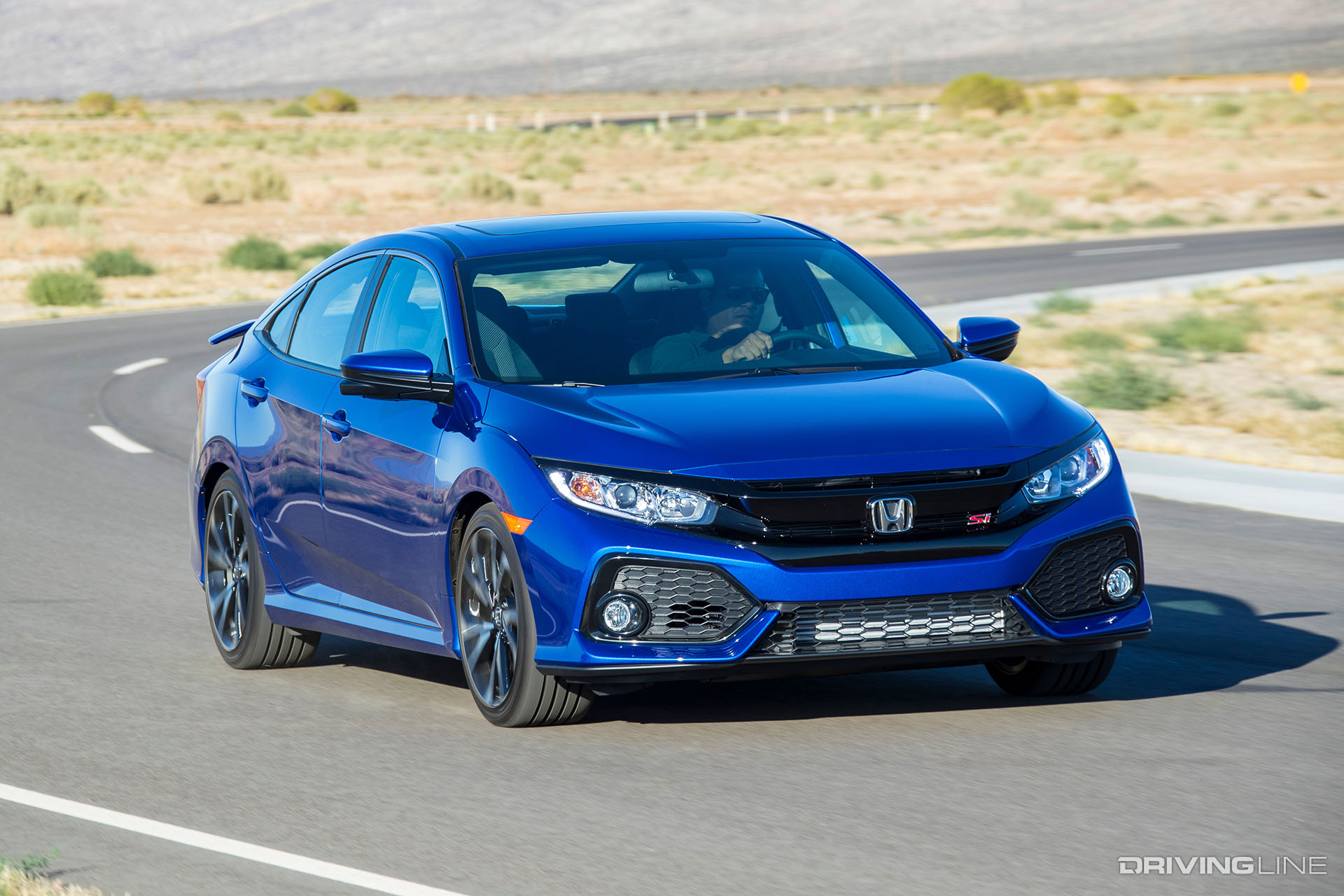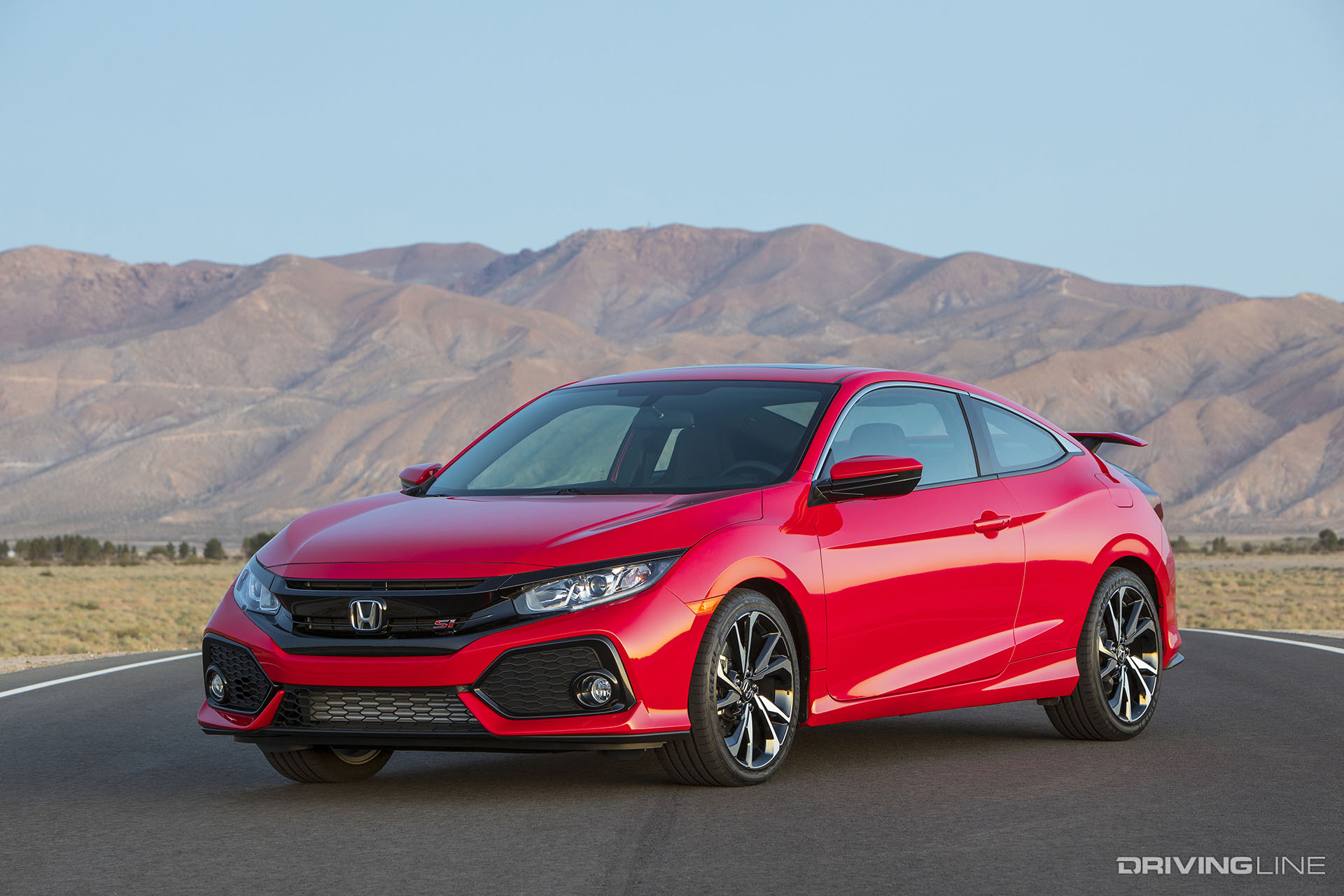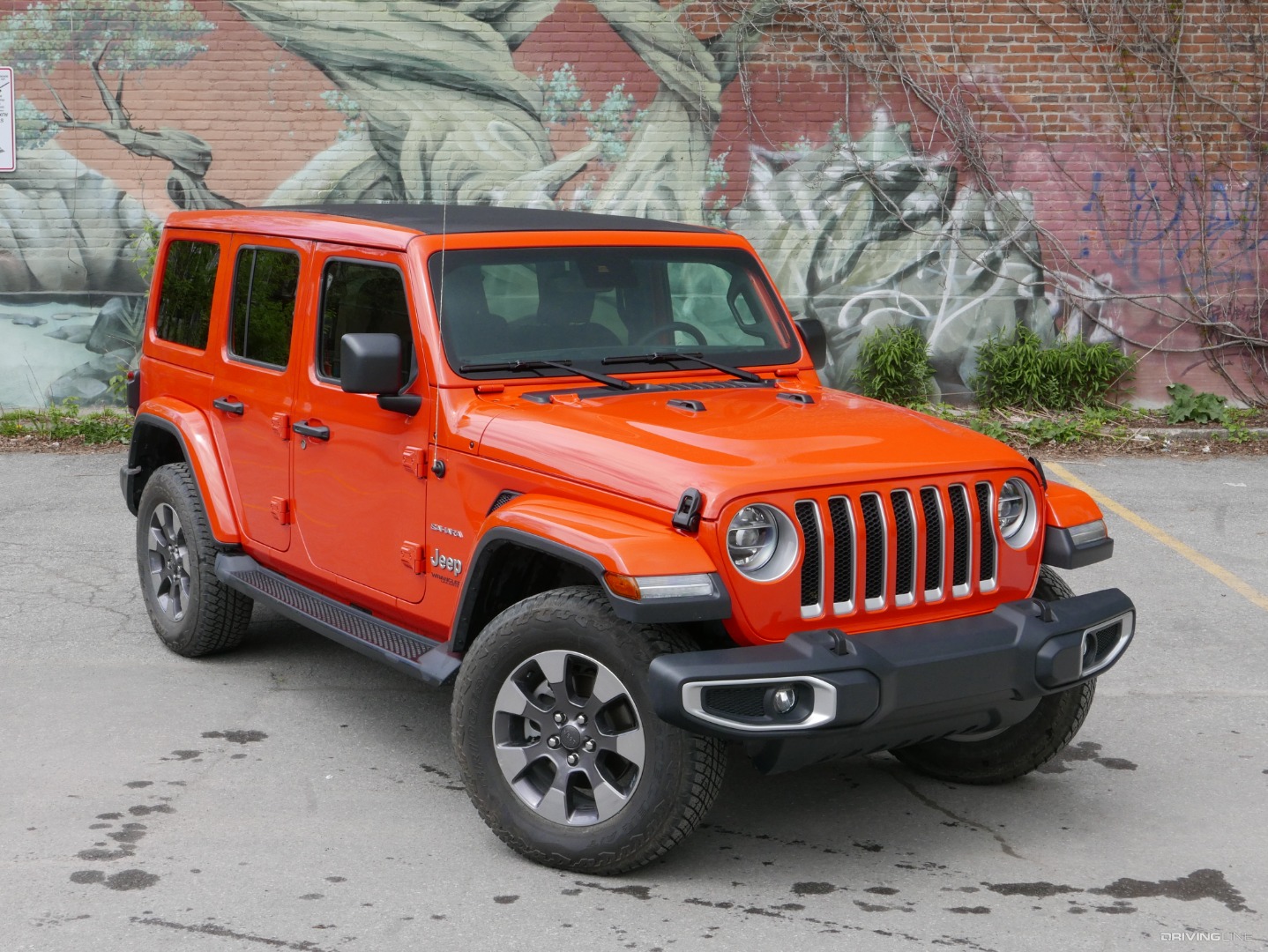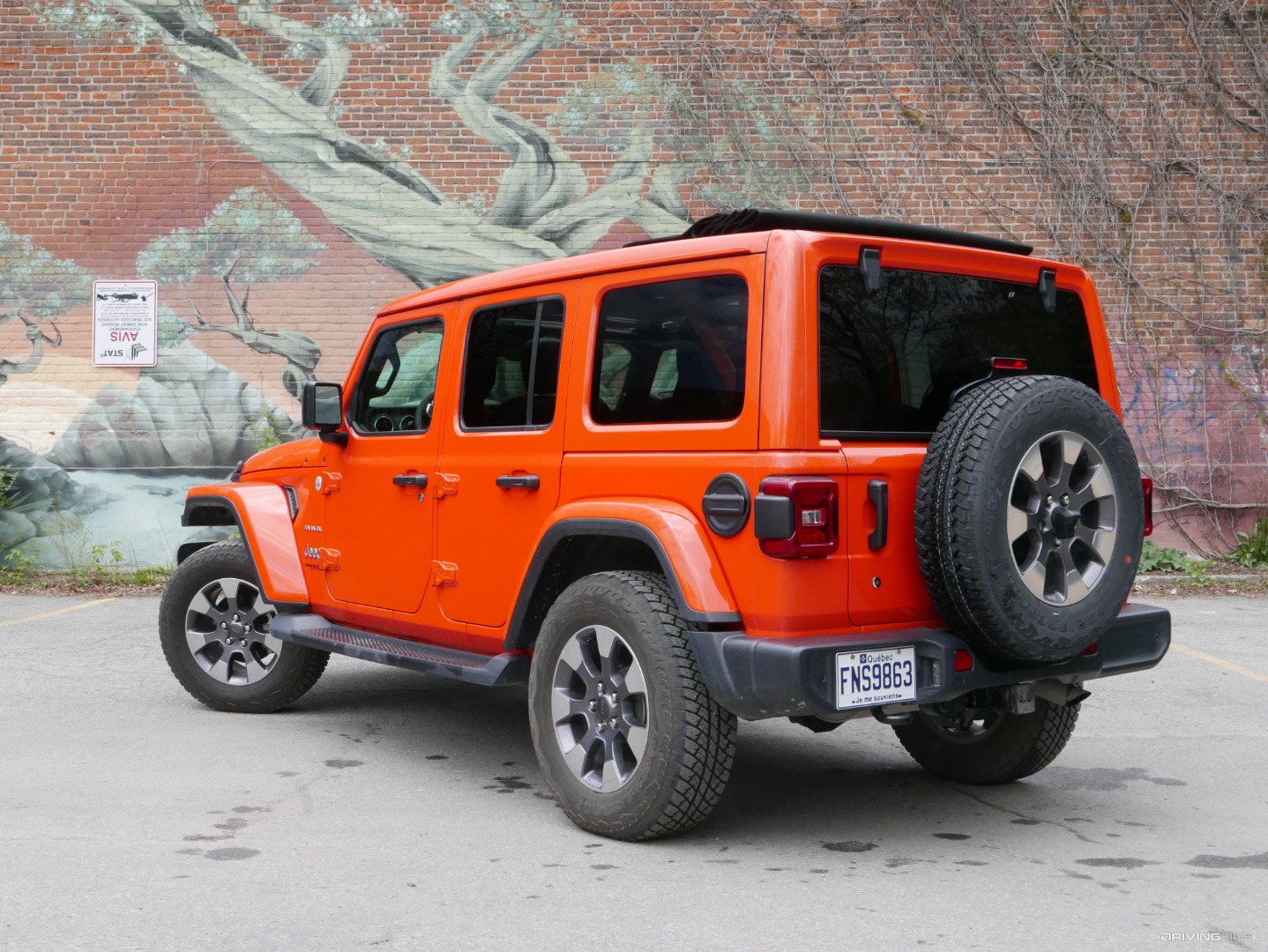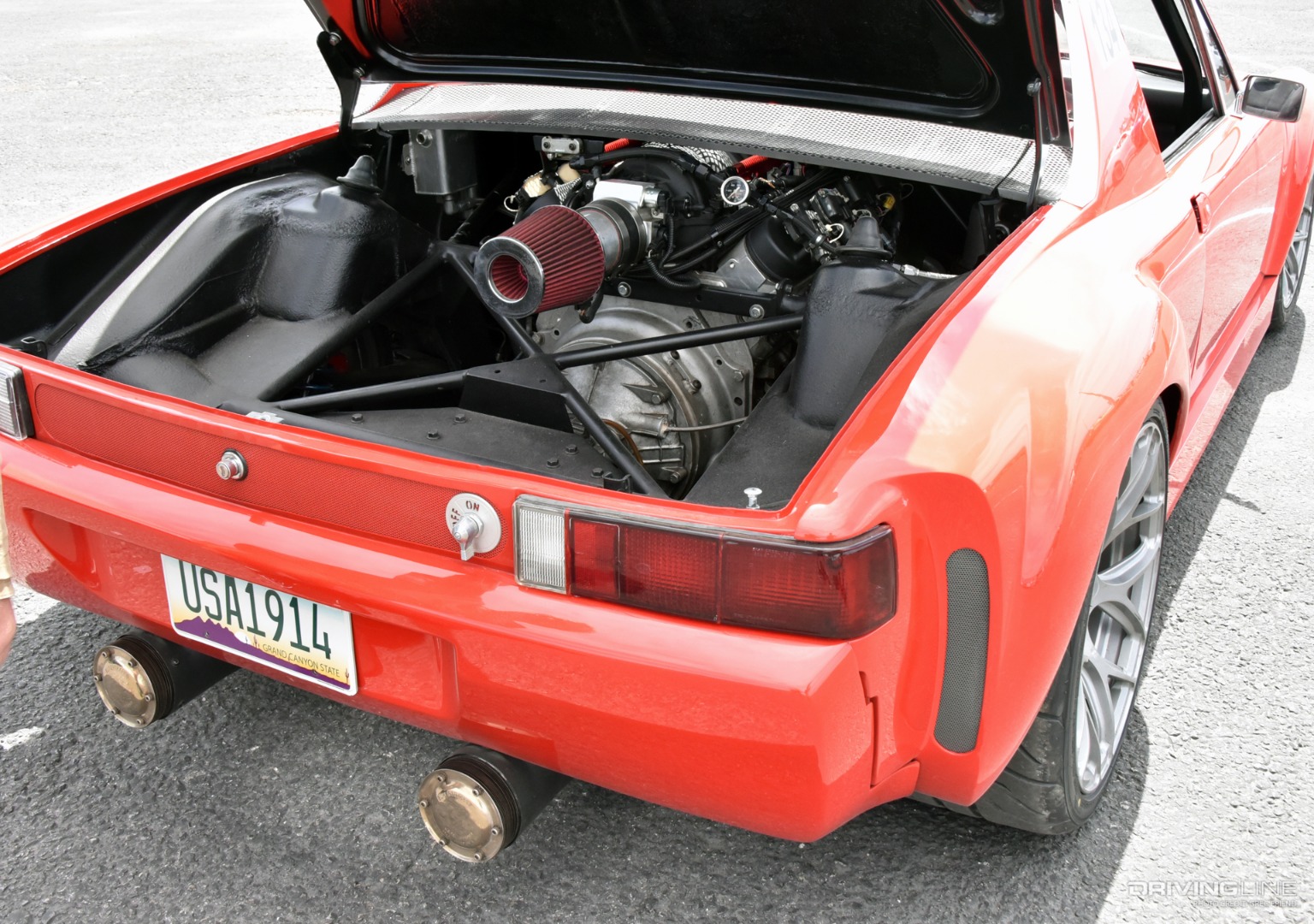No matter where you live, your car is constantly being bombarded by the elements. From road salt to sunlight, bird excrement to tree sap and even wind, sand and dust, you’ve got your work cut out for you in keeping your pride and joy in pristine condition. Now, we might not all live in the rust belt that is the northeast and Midwest, but no vehicle is immune to the damage that prolonged exposure to the sun’s ultraviolet (UV) rays and heat can cause. Let’s face it: Most vehicles are exposed to temperature fluctuations, above average humidity and rain at one point or another. Didn’t think rain could damage your paint? Under the right conditions, acid deposits can interact with sunlight and eat away at that beautiful clear coat.
Wanting to go beyond simply repeating the well-known hazards our vehicles face on a regular basis, the folks at Alan’s Factory Outlet put together a comprehensive list of 15 elements and hazards that can damage your car. In addition to highlighting each unavoidable risk and the damage it can cause, the all-inclusive guide points you toward a means of prevention. Taking things a step further, we teamed up with them to elaborate on their talking points. Our goal (as well as theirs) is to educate you on the dangers your car faces every day, the severity of the damage these elements and hazards are capable of inflicting and how you can avoid them or fix them. Whether you’re interested in safeguarding your classic, maintaining a fleet of vehicles or hoping to lock in the highest possible resale value on your late-model car, the following information is intended to arm you with the knowledge you need to make it happen.
Salt
![Salt Rusted Fuel Lines]()
The most notorious of all hazards is road salt (i.e. sodium chloride). Snow and ice affects 70 percent of the U.S., and a large portion of that percentage receives salt anytime conditions are favorable for it, or temperatures drop below freezing. If you live in the Midwest or Northeast you definitely know the struggle that is keeping salt off your paint, axles, frame, brake and fuel lines, as well as the rest of the underbody. Nothing accelerates rust quite like road salt.
Prevention Measure 1: Coat the undercarriage with a reputable anti-corrosion oil.
Prevention Measure 2: Wax the vehicle in late fall or before the first snowfall arrives.
Prevention Measure 3: Don’t follow the salt truck…
Solution: When exposed to salt, always wash your vehicle within 10 days and give special attention to cleaning the undercarriage.
Sun & Heat
![Dry Rotting Tire]()
Most everyone prefers fairer weather to frigid conditions, but those hot summer days can really do a number on your vehicle. Most notably, the sun’s ultraviolet (UV) rays can cause paint to fade and even lead to it bubbling, cracking or peeling. The heat that accompanies the sun dries out tires and accelerates dry-rotting, too, which can damage the integrity of the rubber and increase the potential for blow-outs. High exposure to direct sunlight and heat also makes plastic interior components, such as dashes, more brittle and prone to cracking.
Prevention Measure 1: Park your vehicle in a garage or under a car port.
Prevention Measure 2: If you can’t store your car indoors, park in the shade.
Prevention Measure 3: Keep a good coat of wax on your vehicle.
Sand
![Wheel Bearing Sand Damage]()
Whether you’re cruising the desert or near the ocean, lake or river, avoid sand like the plague—or make it a point to clean your vehicle like you’ve never cleaned it before. Remember, most sand is essentially debris from decomposed rocks, so the coarse composition of sand grains don’t play nice with things like wheel bearings, brake pads, calipers and virtually any other moving part on your car. Sand is also known to make its way into road salt mixtures when municipalities begin to run low on salt or simply don’t have the budget for traditional road salt.
Prevention Measure 1: If you live near the desert or beach, wash your vehicle regularly.
Prevention Measure 2: If you live near the desert or beach, shelter the vehicle in a garage, under a tarp or within a car cover.
Acid Rain
![Acid Rain on door Paint]()
While acid rain isn’t nearly as common as it used to be thanks to our current, environmentally-conscious world, it still occurs with relative regularity on the East Coast (especially in the Northeast). While air pollution is traditionally blamed for acid rain, it can be caused naturally. But what does it mean for your car? When acid deposits left behind by the rain are exposed to and interact with sunlight, your vehicle’s paint and even sheet metal can be at risk of corroding.
Prevention Measure 1: Wash your vehicle regularly, and immediately after it rains.
Prevention Measure 2: Park your car in a garage or under a car port, tarp or car cover.
Tree Sap
![Tree Sap Damage truck under tree]()
The tree sap hazard can be avoided by simply not parking under trees, but things don’t always work out that way. Removing tree sap as soon as possible is key, as once it sets up and hardens its removal can be time-consuming. If given enough time, tree sap can actually become ingrained in the clear coat, causing permanent stains and paint discoloration.
Prevention Measure: If possible, park your car away from any trees.
Solution 1: Quickly wash off the sap before it sets up and hardens (hot water will suffice).
Solution 2: If the sap has hardened, use a reputable sticky residue remover such as Goof Off or Turtle Wax Bug & Tar Remover.
Solution 3: When possible, test a small area first before applying your chemical of choice to a large area.
Bird Bombs & Insects
![Bird Dropping Paint Damage]()
Bird droppings and bugs will always be an unavoidable hazard, but there is more to bird waste and insect spatter than meets the eye. Both can be highly acidic—acidic enough to penetrate your car’s paint. When combined with high outdoor temperatures, the toxic stew can reach your vehicle’s sheet metal within 48 hours. Do not let either of these hazards take up real estate on your car for more than two days, especially during summer.
Prevention Measure 1: Wash your vehicle regularly.
Prevention Measure 2: Wax your car two to three times a year.
Prevention Measure 3: Park the vehicle in a garage or under a car port.
Solution 1: For quick, immediate cleanup, use hot water or WD-40 in conjunction with a microfiber rag.
Solution 2: On windshields, seltzer can be used to remove waste, but do not apply it to your paint.
Hard Water
![Hard Water Lime Scale Stains]()
It’s not out of the norm for households to have hard water coming out of the spigot. While hard water (water that is high in mineral content) is healthier for drinking, it often dissolves into mineral deposits (such as lime scale) that can be a chore to remove from your car’s paint, bumpers or trim.
Prevention Measure 1: Try to park away from sprinklers.
Prevention Measure 2: After washing your car, perform a final rinse with soft or distilled water to get rid of any mineral deposits before they have a chance to dry.
Solution: Remove mineral deposit spots by applying an equal parts mixture of white vinegar and distilled water. Rub the area lightly, allow it to sit for 1-2 minutes, then wipe, rinse and dry the spot. Follow that step with a fresh coat of wax.
Mold
![Vehicle Interior Mold]()
This one is most common with interiors, but it’s more prevalent than you think. Microscopic mold spores can infiltrate your vehicle at anytime, either by being blown in through a lowered window or hitching a ride on your clothing. In the presence of moisture, low light and persistent humid conditions, mold can take root and spread quickly.
Prevention Measure 1: Wash your vehicle regularly.
Prevention Measure 2: Store your car in a dry area, such as a garage.
Temperature Variation
![Temperature Swing]()
Just like all the metal and plastic components on our vehicles, automotive paint expands and contracts with fluctuations in temperature. Considerable temperature swings can even cause paint to crack, allowing moisture, salt and all kinds of other contaminants to permeate the paint. Once they reach your car’s sheet metal, deterioration isn’t far behind.
Prevention Measure 1: Wax your vehicle on a regular basis.
Prevention Measure 2: Park your car in a garage and a climate-controlled one if possible.
Dust
![Dust Ford F250]()
As a mixture of the remnants of the solid matter all around us, dust is everywhere. On its own, it’s not particularly harmful to your car’s paint, but when mixed with rain it can turn acidic and damage paint and metal surfaces. Aside from mixing with rain, dust accumulates in air filters and plugs up cabin filters, causing poor breathing performance for both you and your engine.
Prevention Measure 1: Wash your vehicle on a regular basis (once a week).
Prevention Measure 2: Park your car in a garage or car port, or keep it covered and protected from dust.
Wind
![Wind Paint Damage]()
On the surface, wind wouldn’t normally be accepted as a hazard for our vehicles. However, windy conditions batter your car’s exterior with all kinds of airborne particles, which over time can wear away paint. If you live near the beach or desert, your vehicle is routinely treated to a low-level sand-blasting.
Prevention Measure: Park your car in a garage, car port or other shelter that keeps it out of the wind.























































































